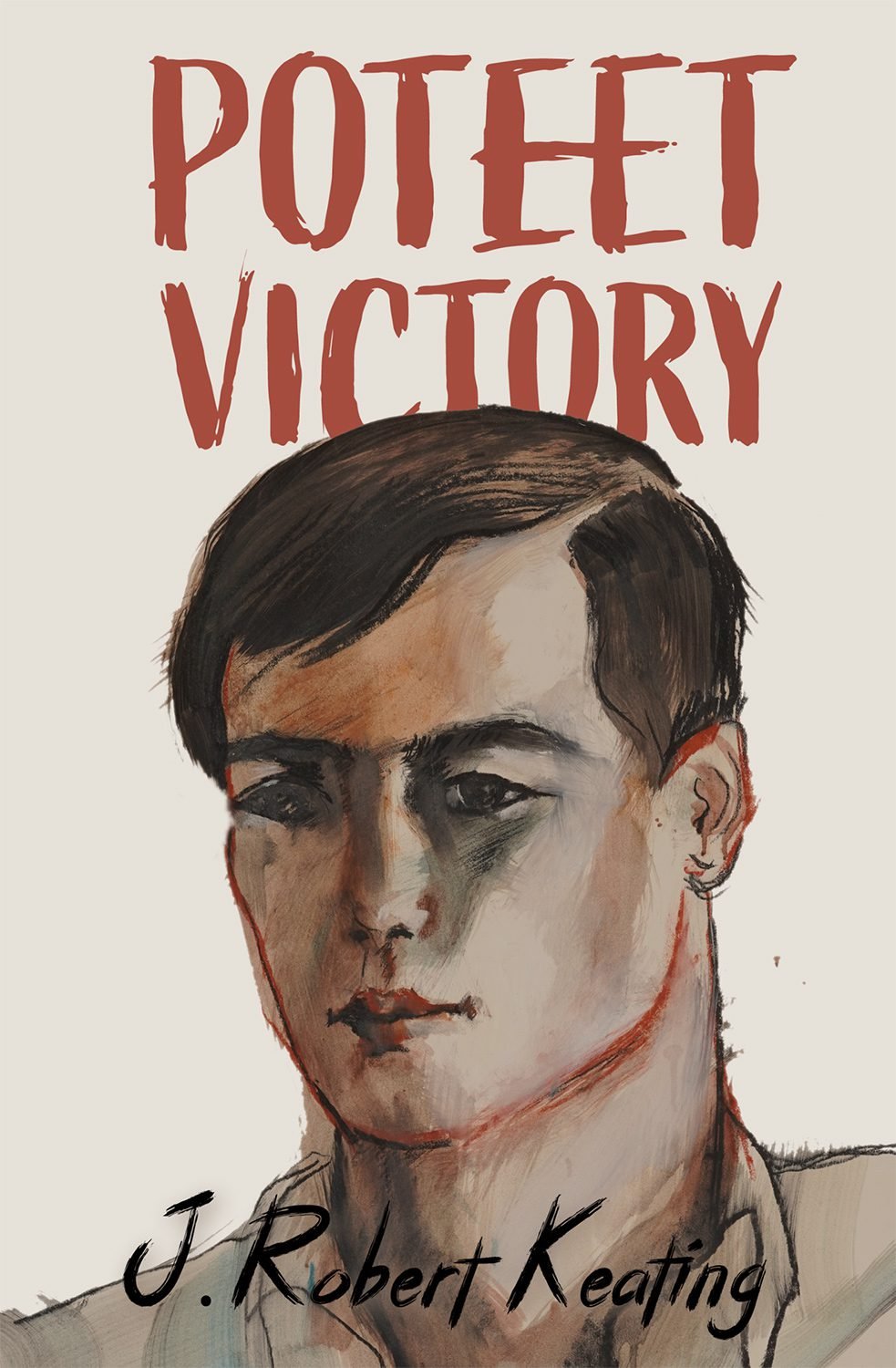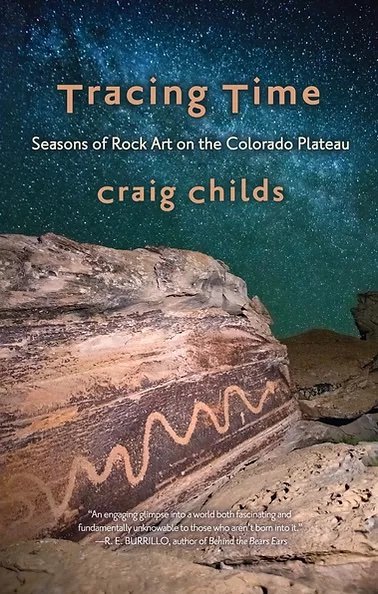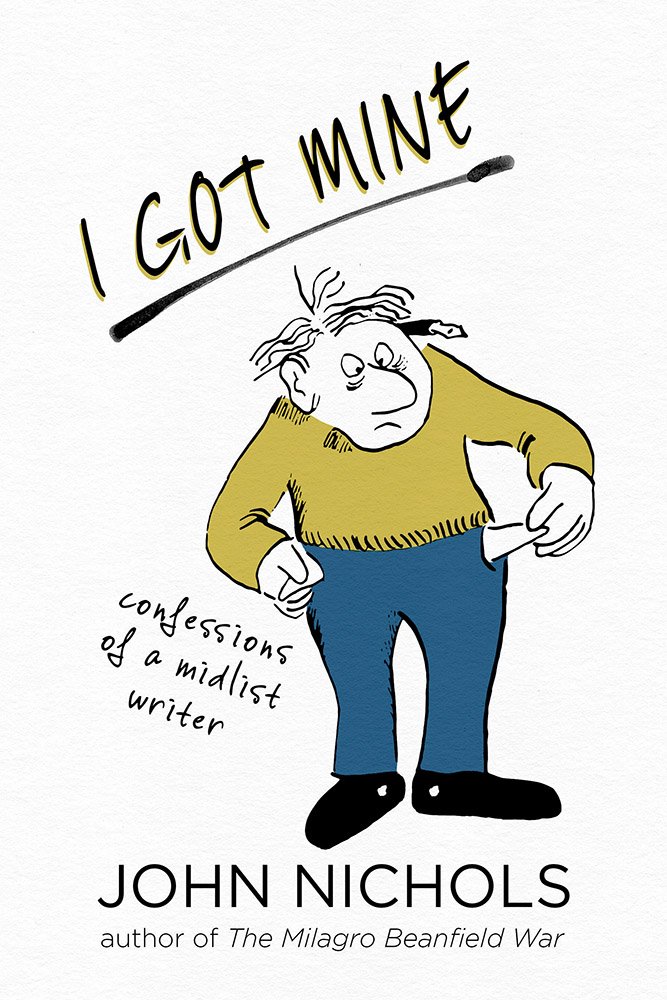J. Robert Keating's Poteet Victory: A Book Review by Pete Warzel
/Poteet Victory
By J. Robert Keating
Atmosphere Press
Hardcover, 620 pages
I met Poteet Victory in 2019 when he became interested in and eventually stepped up as the buyer of the Historic Santa Fe Foundation’s former Delgado House on Palace Avenue. He had known the building for many years and fell in love with it, then wanting to make it his gallery, Victory Contemporary. He is an honest, direct, caring, and talented gentleman, and his wife Terry is as genuine a person as you can be. He had to weather COVID in his new gallery and did so thanks to internet sales. He and Terry are fine stewards of this important property in Santa Fe. Poteet also works in his studio on the upper floor.
They had donated to our publication of the 5th edition of Old Santa Fe Today, so several weeks ago I visited them to deliver a copy of the finished, published book. Poteet and I caught up and when I left I saw a rack with copies of this book for sale.
The biography by Mr. Keating is adventurous…a “Biographical Novel.” Being a self-proclaimed literary snob, I was quite leery. No need. Most of the book plays out as an interview conducted by Elliot Jacobs, a filmmaker (fictional character) interested in Poteet’s life. The dialogue is real, as captured by Keating on tape, and the tone of Poteet’s and Terry’s voices are right on the mark, capturing the rhythms, inflections, and vocabularies of both. There is a sense of sitting in Poteet’s studio, upstairs at the Delgado House, listening to him tell you the stories of his life.
Poteet was born Robert Lee Poteet, and took his grandmother’s family name at the end – Victory. So, today he has two last names, and doing so recognizes the importance of his American Indian heritage, his grandmother was Cherokee, his father Cherokee and Choctaw. What Elliot Jacobs, and I am sure Keating, thought he was going to hear was an Indian story. What Poteet’s life has been to this point is that, but really something different, so very individual to the nature of the individual. When asked how he wished to be described he says “’American Indian.’ ‘So you prefer American Indian (rather than Native American)’ “Yeah. I do. You’re native American.’” To the point but with a smile.
Poteet, surprisingly to me, was a scrapper, a street fighter. As a boy and then a man, he would try anything as a living: bull riding at age thirteen, pipeline work in high school, National Guard in the Viet Nam era. He learns and then builds a silkscreen print operation in Hawaii, that makes him some good money. In his twenties he goes and lives in New York City where he helps Andy Warhol develop his own screen print capabilities. Through Warhol he knows the rising reputation of Basquiat, and pulls no punches in what he thinks about it. “It’s like….It’s what I mean about artists like him bein’ a big hoax.”
In Michigan, during a job working with an oil company negotiating mineral rights with landowners, he is told by a woman that he would quit his job, move west, and work “…somethin’ to do with art.” West turned out to be Santa Fe, and his first job was as a bartender at Vanessie’s. He is invited to bring his paintings to hang in the restaurant (he studied at the Art Students League of New York), and they sell. He attends AA and works on his art, and begins selling by word of mouth. The University of Oklahoma commissions Poteet for a mural about The Trail of Tears. The mural became extremely controversial and was stopped by the University, incomplete. This goes to the core of Poteet’s being, with emotion and anger deeply felt to this day. His idea for the massive three-panel mural was the American Holocaust, and he is distraught that this history is not taught in our schools.
Keating writes forty pages on Poteet’s explication of the mural. It is important to Poteet’s story, perhaps the ghost in the machine of a very American success story. His success is via exemplary art sales, and the operation of a gallery, Victory Contemporary. As the story enters 2019 Poteet says, “Did I tell ya I’m in negotiations for a building?” That is our building, or was before his purchase - the Delgado House. And so we have come full circle. When he starts telling the stories that make up his life he is asked if they are true. His only answer is “Yeah, it’s all true.”
Which is what is so compelling about this book. Most autobiographies tell the edited life, the one that presents the subject’s view of his or her own self, and that view is a deluded model, not a reality. I remember reading a memoir by the poet and novelist Jim Harrison many years ago, and expected to find a gritty, unvarnished look at his fascinating, if not rowdy life. The disappointment was in the lack of substance. Granted, this is not an autobiography, but it may as well be as it is told in Poteet’s voice through an interview narrative technique. It is nothing except bald truth – warts and all. It is the warts that makes it a read about a very human success story, but one not without turmoil and angst. “Yeah, it’s all true.”
AVAILABLE AT VICTORY CONTEMPORARY AND ATMOSPHERE PRESS







